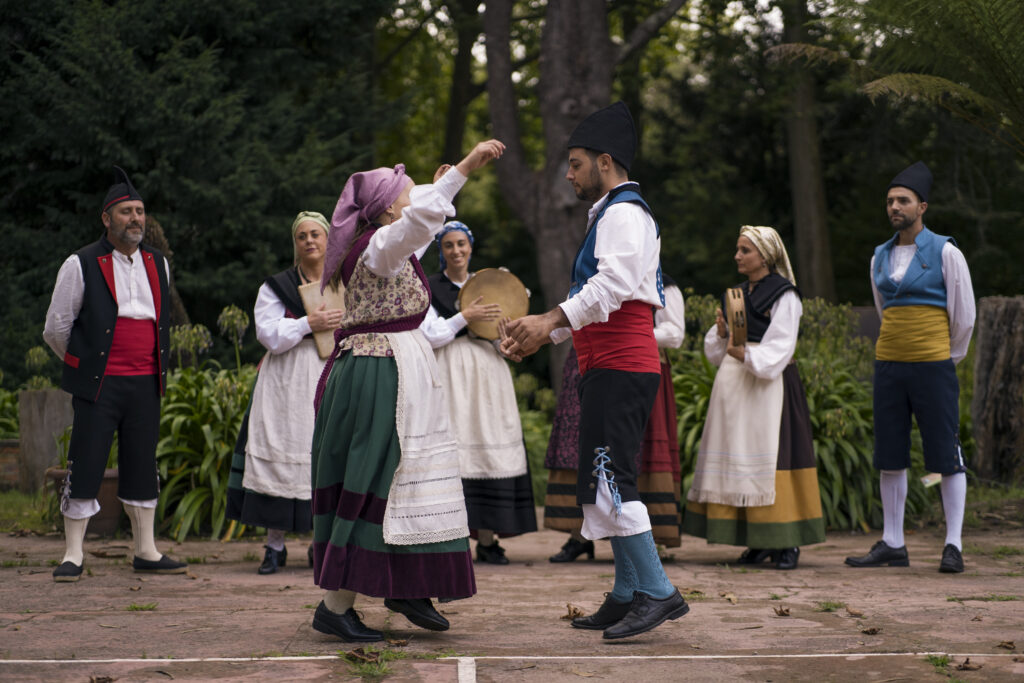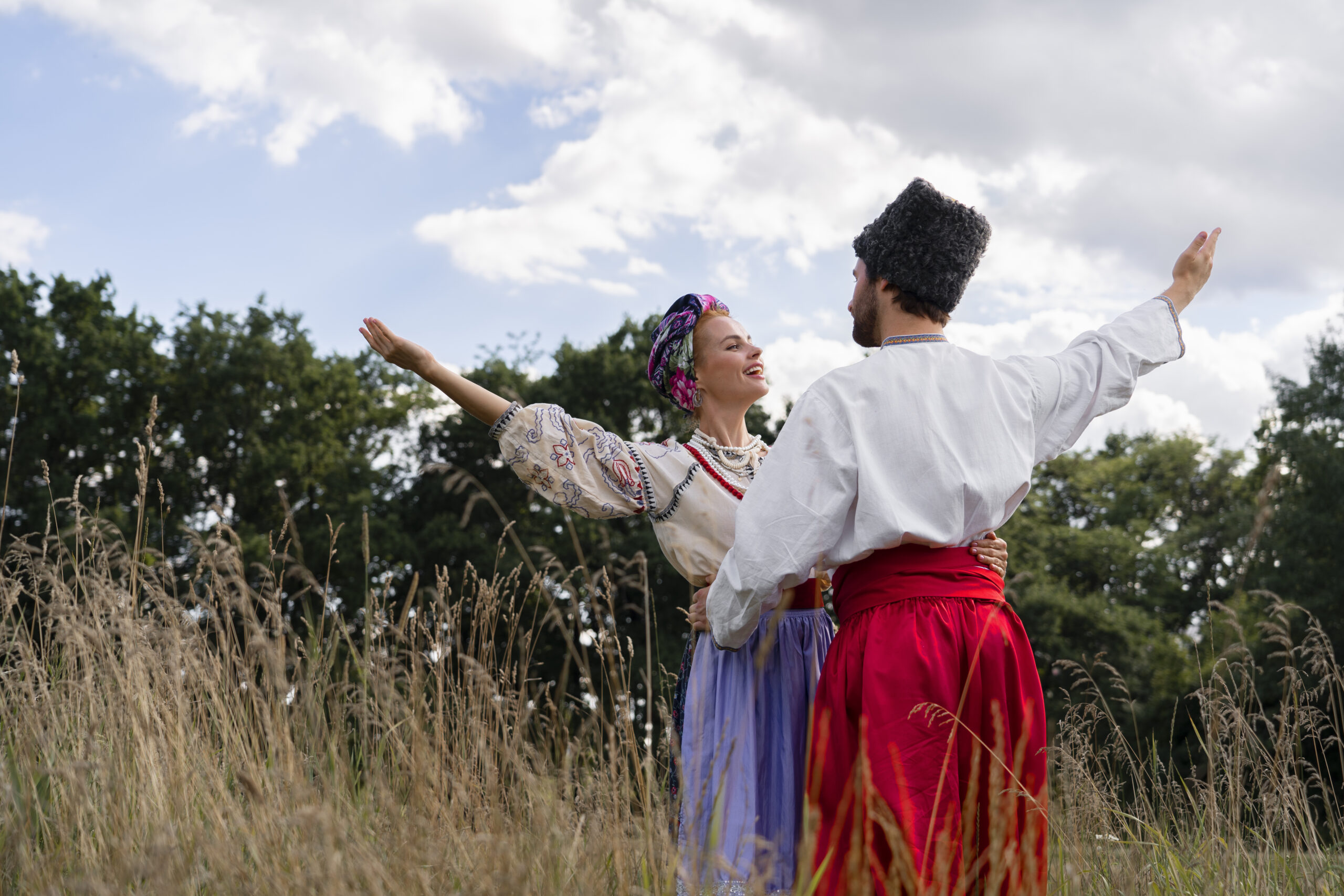
Goa’s rich history is a fascinating tapestry of cultures, and among them, the Portuguese influence stands out vividly. For over 450 years, Portuguese rule left an indelible mark on the region, shaping its architecture, cuisine, and, most notably, its language and dialects.
The Emergence of Luso-Indian Languages
The Portuguese brought their language to Goa, and over time, it blended with Konkani, the native tongue. This cultural exchange gave rise to unique linguistic hybrids such as Konkani-Portuguese Creole. Words like balcão (balcony), janela (window), and igreja (church) became integral to the Goan vocabulary, reflecting the colonial influence. These linguistic fusions are still evident in everyday conversations, particularly among older generations.
Konkani: Preserving Heritage Amid Change
Despite centuries of Portuguese rule, Konkani retained its essence while incorporating Portuguese loanwords. It adapted and thrived, becoming a symbol of Goan identity. The inclusion of Portuguese vocabulary enriched Konkani, giving it a distinct charm that sets it apart from its counterparts spoken in other regions.
Influence on Names and Expressions
Portuguese influence extended to Goan surnames and idiomatic expressions. Names like D’Souza, Fernandes, and Rodrigues trace their roots to the colonial era. Phrases like obrigado (thank you) and adeus (goodbye) remain in use, seamlessly blending into the cultural fabric.
The Role of Religion and Education
The introduction of Christianity and Portuguese-led education systems played a pivotal role in language assimilation. Many Goans learned Portuguese in church schools and seminaries, enabling them to participate in colonial administration. This bilingualism fostered a unique linguistic identity, with Portuguese becoming a bridge to the wider world.
Legacy in Modern Times
Although Portuguese is no longer spoken widely, its legacy endures. Streets, landmarks, and even culinary terms bear Portuguese names, serving as a constant reminder of Goa’s colonial past. Efforts to document and preserve this linguistic heritage have gained momentum, ensuring its continuation for future generations.
Conclusion
The Portuguese influence on Goa’s language and dialects is a testament to the region’s ability to embrace and adapt to change while preserving its core identity. This linguistic fusion not only enriches Goan culture but also offers a window into its layered history, making it an enduring part of the state’s vibrant heritage.


